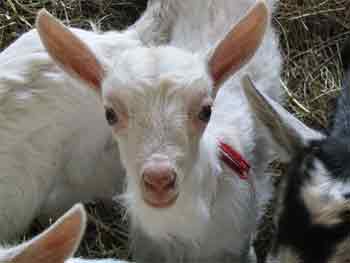Q Fever in Malta
 The Health Promotion and Disease Prevention Directorate has been informed of a farm where animals have tested positive for Q fever. We are in the process of screening possible exposed persons working in the farm. This is being sent for your information.
The Health Promotion and Disease Prevention Directorate has been informed of a farm where animals have tested positive for Q fever. We are in the process of screening possible exposed persons working in the farm. This is being sent for your information.
Below is some information on disease.
Q fever is caused by the bacteria Coxiella Burnetti, an organism found in high concentrations in tissues of infected animals particular placenta tissues. Sheep, goats, cattle are primary reservoirs of this organism. The organism is excreted in milk, urine, and feces of infected animals.
The mode of transmission is through airborne dissemination of Coxiella in dust within premises contaminated by placental tissues and excreta of infected animals or from direct contact with infected animals or their by products which are inhaled by humans.
Consumption of raw milk or products produced by raw milk like cheeslets from infected cattle, goats, sheep containing this organism can cause infection in humans. Direct person to person transmission is rare however contaminated clothing may be a source of infection.
Incubation period is 2-3 weeks.
Symptoms commonly seen with acute Q fever are
• high fevers (up to 104-105°F)
• severe headache ( retrobulbar)
• general malaise
• myalgia
• chills and/or sweats
• non-productive cough
• nausea
• vomiting
• diarrhea
• abdominal pain
• chest pain
Although most persons with acute Q fever infection recover, others may experience serious illness with complications that may include pneumonia, granulomatous hepatitis, myocarditis and central nervous system complications. Pregnant women who are infected may be at risk for pre-term delivery or miscarriage.
Source: Infectious Disease Prevention and Control Unit

